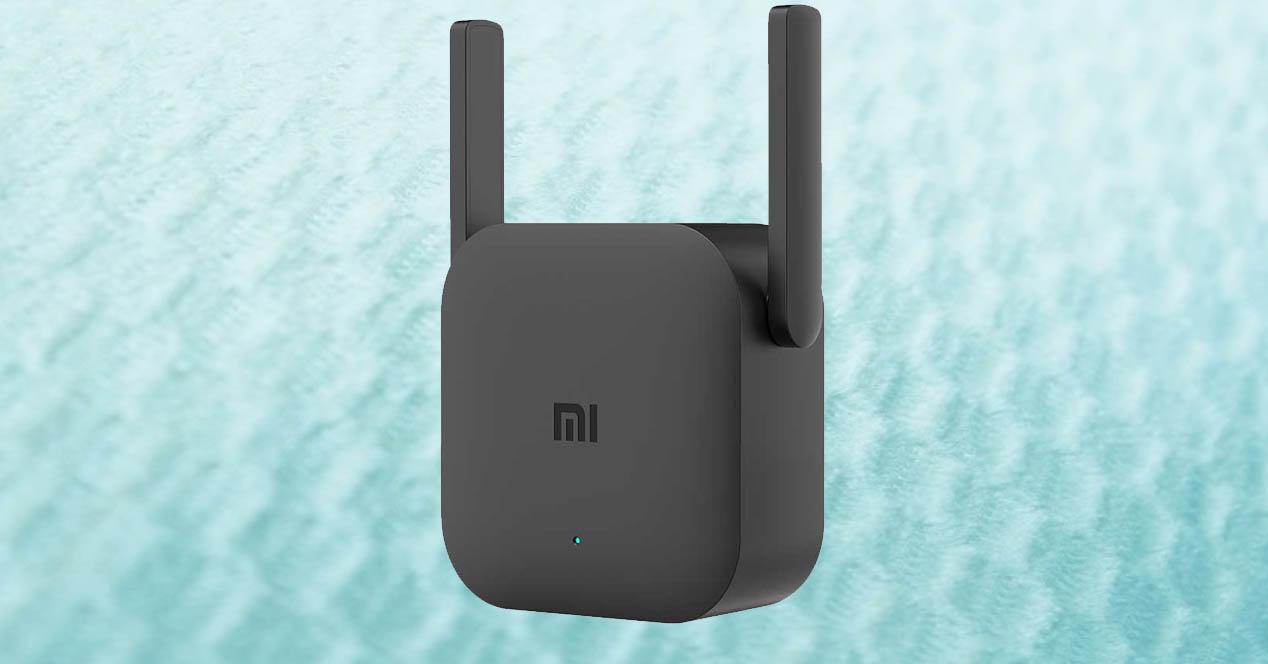Using Wi-Fi repeaters to improve Internet coverage at home is very common. You will be able to find very different models, with different characteristics. But there is something that is very visible: the antenna. Is it better to use a repeater with or without an antenna? Is it really necessary? In this article we are going to talk about it. We are going to explain if you need to buy a device that does or does not have an antenna, with the aim of improving your wireless connection at home.
You may have noticed that there are routers that do not have an external antenna and others that do. The same can happen with Wi-Fi repeaters. It is something very visible and can make us doubt whether to buy one model or another, so knowing what it really means can help.
Why are there repeaters without an antenna?
What is the reason that there are repeaters with an antenna and other models do not have an external antenna? The reason is none other than design and aesthetics. It does not mean that a repeater is better or worse depending on whether or not it has an antenna. The same goes for routers. A Wi-Fi repeater always has an antenna, but it can be internal.
There are more minimalist, simple models that simply choose to save space and not have external antennas. But they will also have internal antennas to emit a signal and that other devices can connect to the wireless network. This means that it is possible that you have a repeater without an external antenna that works very well and another that does have a visible antenna and does worse.
Therefore, the fact of having or not having an external antenna should not influence your choice of a repeater, beyond the visual aspect. It is better that you focus on its features and the power it has to really improve your wireless network. Whether or not to have a visible antenna is not going to be so decisive.

Characteristics of a repeater
So, what should you look for if you are going to buy a Wi-Fi repeater to improve the connection at home? For example, you should choose one that is dual band. This is important, since each of them has its advantages and disadvantages. The 2.4 GHz is the one that offers the greatest distance, while the 5 GHz is the fastest.
You should also look at the maximum speed it supports. Ideally, you should be able to achieve good speed when connecting devices to the repeater. If you buy a limited one, that can be a problem in case you need to upload files to the cloud or want to watch Streaming videos with good quality.
Another factor to highlight is whether or not it has an Ethernet port. The interesting thing is that it has, but also that it is Gigabit Ethernet to be able to reach up to 1 Gbps symmetrical. In case it is Fast Ethernet, the maximum speed would be limited to 100 Mbps and you would not be able to take advantage of the contracted optical fiber.
Also, it is good for you to see whether or not it supports many devices. Today it is common to have home automation devices at home, so you may need to connect several devices at the same time. It is essential that it does not cut off as soon as you connect two or three devices.
As you can see, choosing a good wireless repeater is important. Is it better with an antenna or without an external antenna? The truth is that this factor will not influence as much as other characteristics that we have mentioned, such as the maximum speed that it supports, if it has Ethernet ports, etc.













